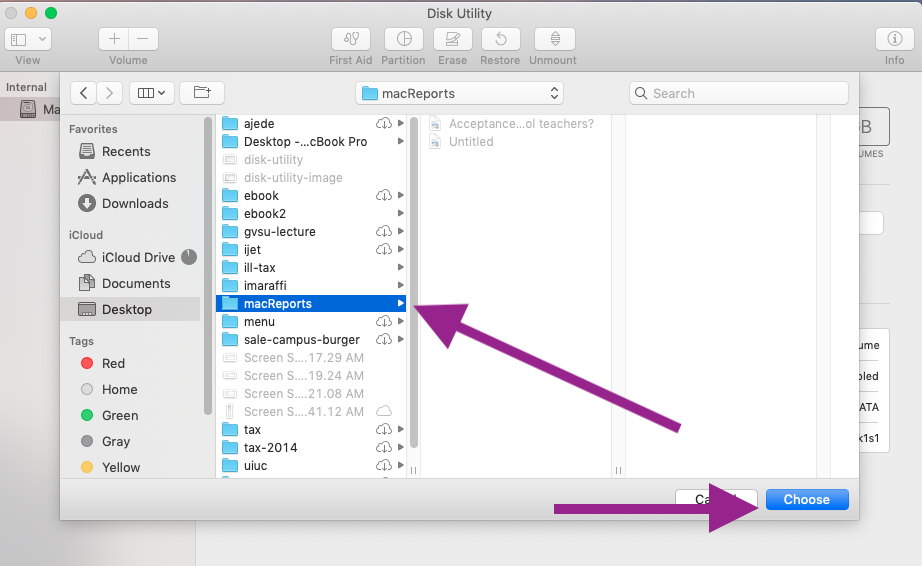
RELATED: How to Show Hidden Files and Folders in Windows Click “OK” and the folder will disappear from view.Ĭheck out our guide to hidden files for more detailed information on hidden files in Windows. Right-click on it, select “Properties”, and check the “Hidden” box in the menu that appears. Open Windows’ File Explorer and navigate to the folder or file you want to hide. If that sounds like what you want, the process is really easy. RELATED: How to Hide Files and Folders on Every Operating System I only want to see my documents, I don’t need to see my Witcher 3 save files. I have, however, found this setting useful for folders I don’t want to see-like the folders my PC games add to my Documents folder. So, we’ve rewritten the article with instructions on how to hide and/or password protect files, with information on how secure each method really is.

It causes loads of problems for many users who don’t know what they’re doing, and the password does nothing to protect you from snoopers-you might as well just hide the file. You can still find this trick all over the internet, but we do not recommend using it. It involved hiding a folder on your system and using a “password” to unhide it-even though any user could still unhide it without the password. But that trick, while mildly clever, did not actually protect anything behind a password. Find some other manner to communicate the password to users other than email if you will be emailing the file.Got some files you don’t want other people to see? Or maybe they’re just cluttering up your Documents folder, and you want to hide them? Here are a few different ways to obscure your files, and when you might want to use each.Įditor’s Note: This article, originally published in 2014, used to contain instructions that claimed to password protect folders without extra software. NOTE: Do not send an email with the file and the password in the same email. Save the document and it will no longer require a password to open it. To reverse this, repeat the steps without entering a password. The file is now encrypted and requires this password to open it.ĩ.DonÂt forget to save this password in a secure password manager and securely communicate this to any users or recipients of this file.ġ0. You are prompted to reenter the same password.Ĩ. Passwords are case-sensitive and can be a maximum of 15 characters long.Ħ. In the Security section, in the Set a password to open this document field, enter the password to be used to access the file in the future.ĥ. Open the MS Word for Mac file you want to encrypt and password protect.ģ. To password protect and/or encrypt a document using Microsoft Word for Mac:ġ.


 0 kommentar(er)
0 kommentar(er)
